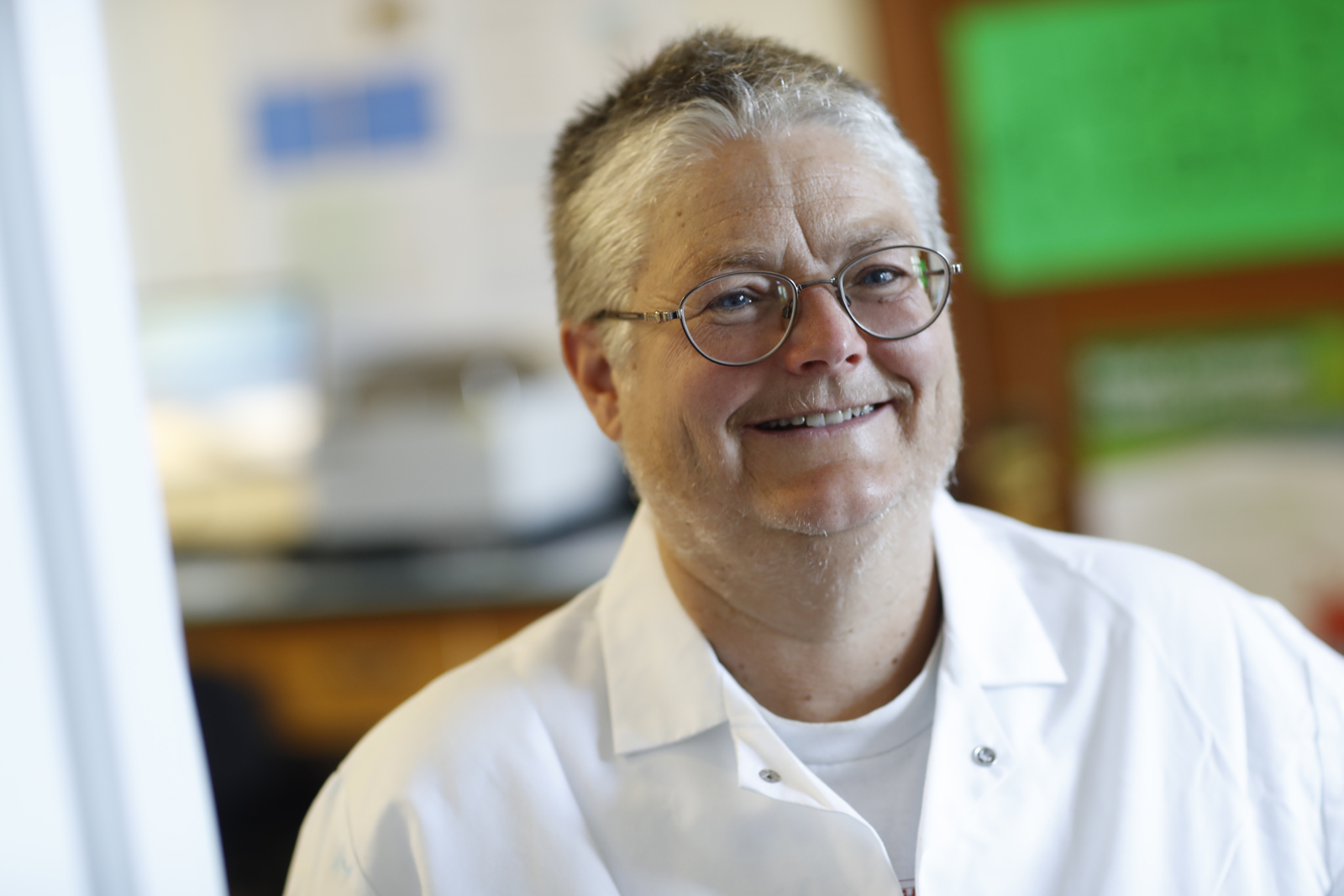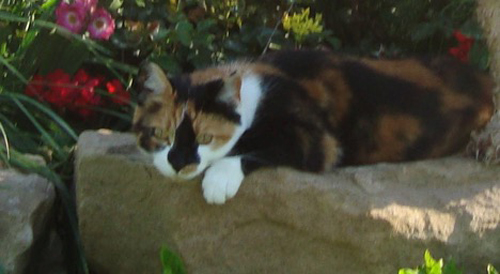Cats and cars help scientists study Lyme disease
SACKVILLE, NB – A new study from Mount Allison University, aided by cats and cat owners, is shedding light on a new source of Lyme disease bacteria in the Maritimes and how the Lyme disease pathogen in transmitted in wildlife.
Mount Allison University biology professor Dr. Vett Lloyd and graduate student Chris Zinck recently published a paper, Borrelia burgdorferi and Borrelia miyamotoi in Atlantic Canadian wildlife, in the peer-reviewed journal PLOS ONE.

Lloyd and Zinck partnered with local veterinarians and cat owners to collect wildlife specimens and study them for zoonotic diseases – diseases such as Lyme disease that are transmitted from wildlife to humans. In this latest study, Lloyd, who heads Mount Allison’s Tick Lab, and Zinck have found a new wildlife species, the jumping mouse, that can carry Lyme disease in New Brunswick. The pair also discovered that one of the types of Lyme disease bacteria can be transmitted through the placenta to the young in that mouse species.
Entropy, a calico who hunts with surgical precision, and contributed wildlife specimens for Lloyd's latest research study
“We know that Lyme disease is abundant in New Brunswick wildlife,” says Lloyd. “But we didn’t know how abundant it was in wild animals in the province and these findings raise more concerns about the potential risks of Lyme disease in our region.”
To collect wildlife specimens, researchers used a Citizen Science approach, enlisting the assistance local cats and motorists in providing a large number of mice, voles, shrews, squirrels, porcupines, and other animals, to study.
Lloyd came up with the community-based approach at her home with her cat Entropy, a calico who hunts with surgical precision.
“As I looked at yet another one of Entropy’s ‘gifts’ on the front step, I wondered if there was a way for these little lives to contribute to science,” says Lloyd. “I had the same thought on my drive into work along the TransCanada highway each day, seeing animals on the side of the road.”
Zinck, who completed both his undergraduate and master’s degrees at Mount Allison and is currently completing his PhD at the University of Saskatchewan, also hit the road in the name of science. With a safety vest and permits in tow, he collected and dissected several hundred accidentally killed wild animals, finding both the known Lyme disease bacteria, Borrelia burgdorferi, and a different kind, Borrelia miyamotoi, in specimens.
“This work is important for the health of people and their pets as Borrelia miyamotoi infection would not be detected by the standard Lyme disease tests,” says Lloyd. “Even more surprisingly, we found that an infected jumping mouse mother had passed the infection on to her fetuses. This has implications for the health of wildlife and although few people would worry too much about the health of wild mice, it does have implications for a rapid increase in infected mice and the possibility that an infected human mother could pass on the infection to her child.”
Lloyd and Zinck hope that this work will help people realize how closely people and wildlife are connected and that the community can participate in advancing science.
The article, published on Jan. 22, is available to the public on journal’s website: PLOS ONE https://journals.plos.org/plosone/article?id=10.1371/journal.pone.0262229





